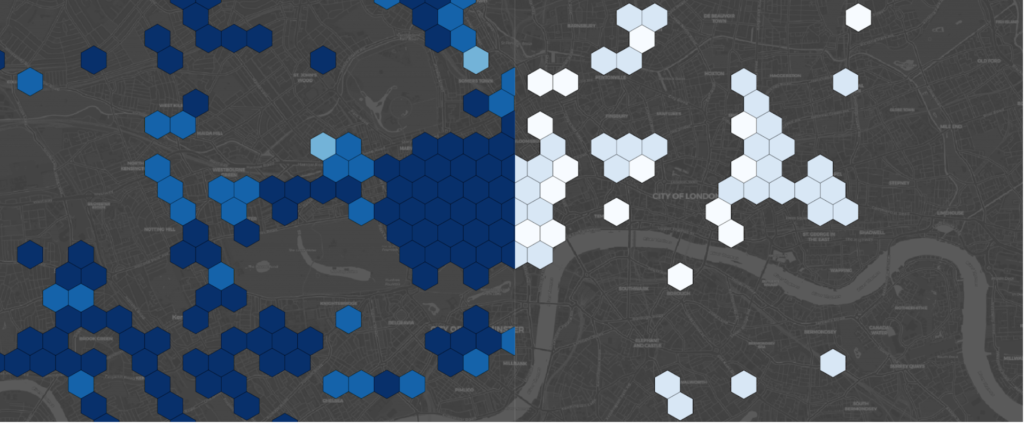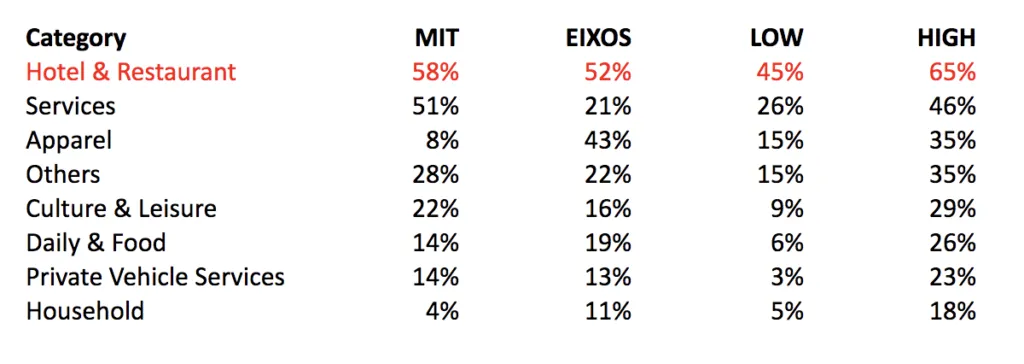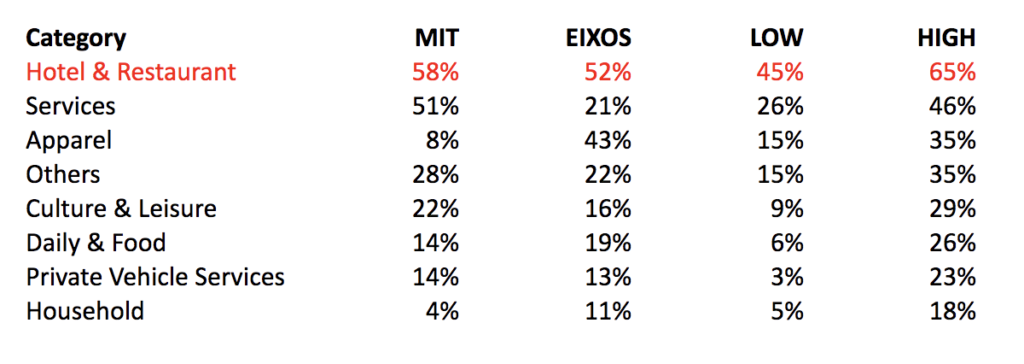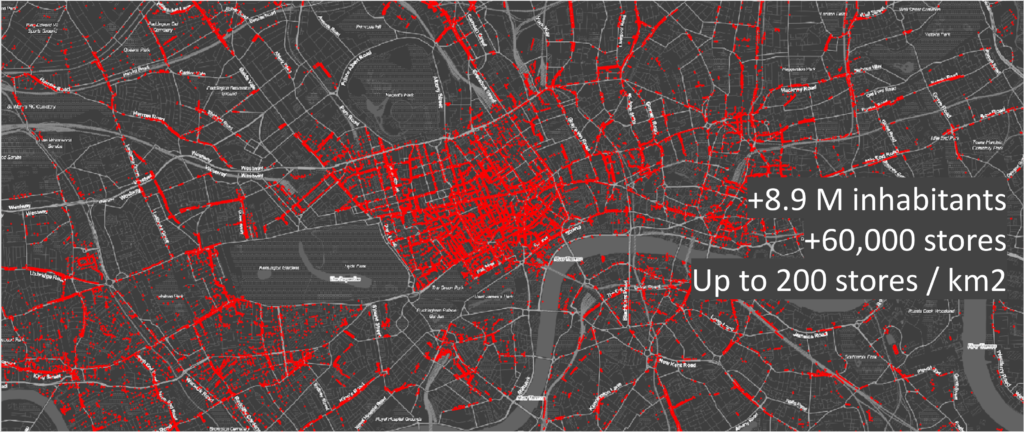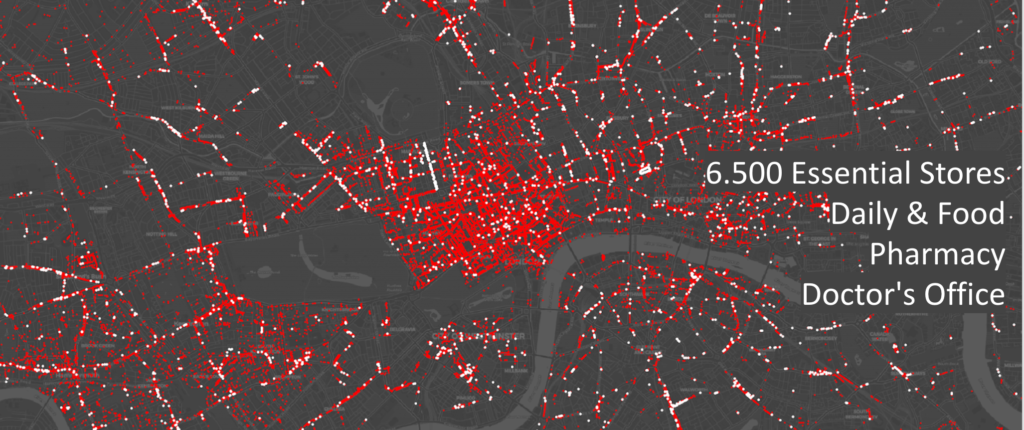
I have been working in the geospatial industry for quite some time now. During these years, I have hired (and unfortunately also fired) a lot of people. I know exactly what the industry demands and what skills are required to get into a job of such kind. Also, I believe that although the job market has shifted by 180 degrees and it’s the time of recession for the industry, yet if you have the right potential and know the right path, it is not too hard to get yourself a good job in the geospatial industry. Nothing to worry! In this article, I will help you with everything you need to know to get into the job of your dreams in the geospatial industry even during the time of recession. This will include all the tips, tricks and also, a couple of hints from the geospatial recruiters that will help you find a job or let the job find you easily and effortlessly. So let’s get started!
First things first: How business works during the time of recession
Now that the global economy is far from being healthy and most countries experience significant recession you must understand how the business works:
- Large geospatial companies like TomTom, HERE and others have their long-term contracts with automotive clients where they need to deliver a certain quality of service over a long term period. Short term recession adds significant uncertainty but many roles are required to deliver these services.
- Startups with raised capital are not dependent on the economic situation in the short-term. Investors give money to build a product or service and within their milestones, they have recruitment goals, which are required to build a product or service.
- Many GIS software and service companies work for governments and their core business might be financially affected by the recession, as there public tenders and contracts might be delayed.
In a nutshell, the tech industry and in particular, the geospatial industry does not experience as significant slowdown as many other sectors. So, keeping that in mind, you must not quit your dream of getting your first job or a better job in the geospatial industry.
Tips and Advice from the recruiters
Here are a few important tips that can help you find a good job in the geospatial industry.
1. Stand out from the crowd and prove to be different
Managers in the geospatial industry typically don’t just look for a pair of hands to work in the factory but they look for talented people with diverse backgrounds, fresh perspectives, and different experiences. They look for individuals that can grow and stay in the company, and eventually, take over the major role.
It is important to note here that your resume must stand out in the long list of candidates. You must show that you are unique and the best one for the position.
As a manager and a recruiter, I’m always looking for a proactive individual and here are a few things that always grab my attention:
- Show me that you have been active in the university and beyond. It can be anything; a student organization, organizing a conference, TedX, or even volunteering in non-profit organizations.
- It is always a plus point if you have written for blogs like Geoawesomeness and you can comment on the industry. This would show that you can talk about facts and formulate your own opinions.
- Also, if you write about your student projects and how you solved particular problems, this would add to your CV as another unique point.
- If you have created your Mapbox, Carto, or whatever map portfolio or link to GitHub, this would also make your resume unique and different from the rest.
Hence, all that I look for is that you are smart, active in the field, and not like any other average person. Remember that managers hate mediocracy and you have to show that you are better than the rest.
I especially invite you to become a blogger on Geoawesomeness. Over the years everyone who joined the team landed a great job. We know a lot of people and we are here to help those who are proved to be exceptional. Imagine what will your recruiter say if you send a link to a blog post commenting on her/his company along with the resume…
I invite you to reach out to me on LinkedIn and start blogging on Geoawesomeness.
2. Work on your resume
The first interaction between you and potential future employers is usually via your resume. Even if you have used your network to be “introduced” to the job, you will need to submit your resume at some point.
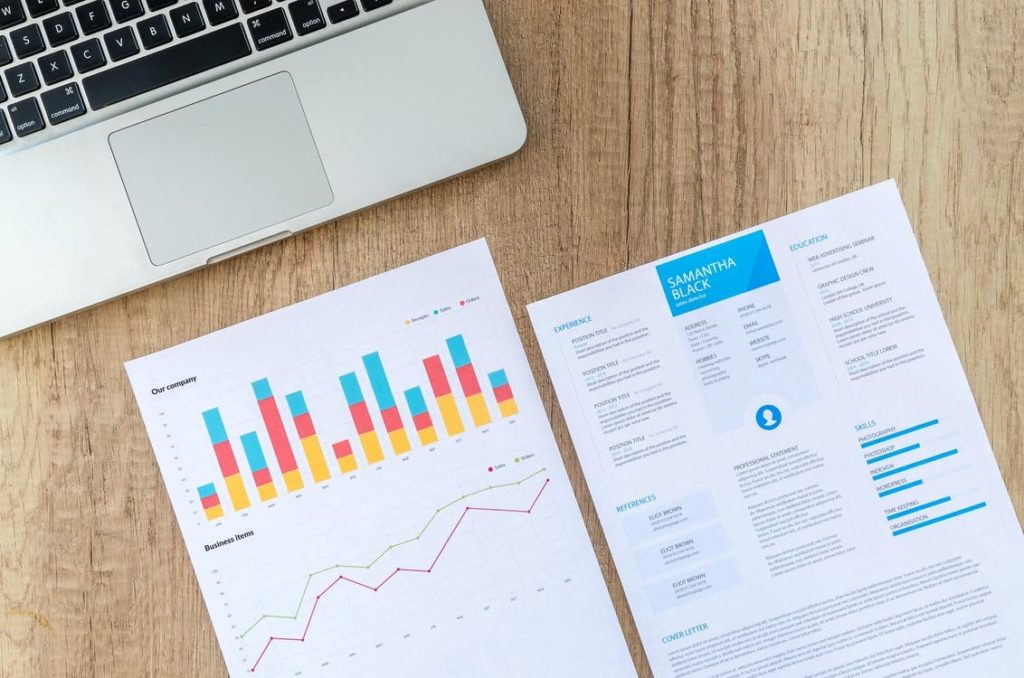
I’ve seen so many terrible resumes in my life that now I can appreciate a good one. If you are presenting yourself to someone you have never seen before, the form matters. I use a service called VisualCV but there are plenty of other good looking resumes templates and builders as well. It is not only how it looks and feels, but also about how smart you are in using it. A recruiter will immediately see if you are just filling the gaps in the form, or if you have a larger strategy that you want to be perceived. Remember that everyone likes smart people, so you have to work on your resume.
- Have a professional photo.
Blurry photo from vacations or high school diploma is not good enough. I’m not asking you to go to a professional photographer. There are so many smartphone phone apps that you can help you capture the right photo to use on the resume. I want you to respect me and show me that you care and are willing to do more than others to get the job.
- Use bullet points and bold fonts, and make sure that the resume is not more than 2 pages
Recruiters usually do not have much time to read through each resume. Talking about myself, I can spend a maximum of 3-4 minutes reading a resume before I decide to interview or not. This means that you need to use bullet points and have a maximum of 2 pages in total. Also, it is important to highlight the important points using a bold font, so that the recruiter does not miss any.
- Use the right keywords and check the spellings and grammar
Very often, we see typing or spelling mistakes in the resume. This gives a really bad impact on the recruiter. Hence, it is important to use the right keywords and check the grammar and spellings before you finalize it.
- Write about your experiences even if you are just starting your career
As mentioned earlier, you have to prove to be different from the rest. So, do not forget to mention your past experiences and services
Also, if you don’t have any job experiences, there is nothing to worry about! Recruiters just want to understand that you are smart. Give a list and description of your key student projects, blog articles, and personal projects, and even that would be enough to judge you for your skills.
3. Create your professional LinkedIn profile.
On your resume, you’ve got just 2 pages to state all your experiences. A good strategy is to extend the resume on LinkedIn by providing more details. Many recruiters will look at your LinkedIn profile trying to understand who you are before or during the interview. Your LinkedIn profile should be a complete reflection of your work experience and side projects.
If you write a blog post of Geoawesomeness or other media, please remember to reshare it on your LinkedIn profile.
There are plenty of resources on how to make your LinkedIn profile unique and it’s very important to implement it. Once your profile is complete, you have a nice summary, professional photo, catchy portfolio of projects listed and you can make use of it to get the right job. Send an invitation to your recruiters before the talk. Let them know you exist and remember about you after the meeting.
4. Go out there and network
Sitting at home and endlessly looking for job openings might not always work. Many companies are looking for exceptional talent rather than just someone to fill in a particular job spot. Use whatever opportunity you can to go out there and meet people. In the times of pandemic, these will be most likely online events like Geoawesomeness Digital Meetups among others.
On Geoawesomeness Digital Meetups we create a job board where people are posting job openings and you can also share your LinkedIn profile. At the end of the session, we give the floor to the public where you can present your projects (e.g. student projects) or comment on an important topic in 2-3 min. Use such opportunities to stand out of the crowd and show that you are not afraid to think outside of the box.
The Final Words:
Being an experienced manager, these are the few things I always advise to the upcoming generation. It all sounds easy, but you won’t believe that many people do not follow these rules. However, if you follow these very easy and simple rules, I can assure you that you can easily find a good job even during times of recession or global lockdown. Best of luck!
